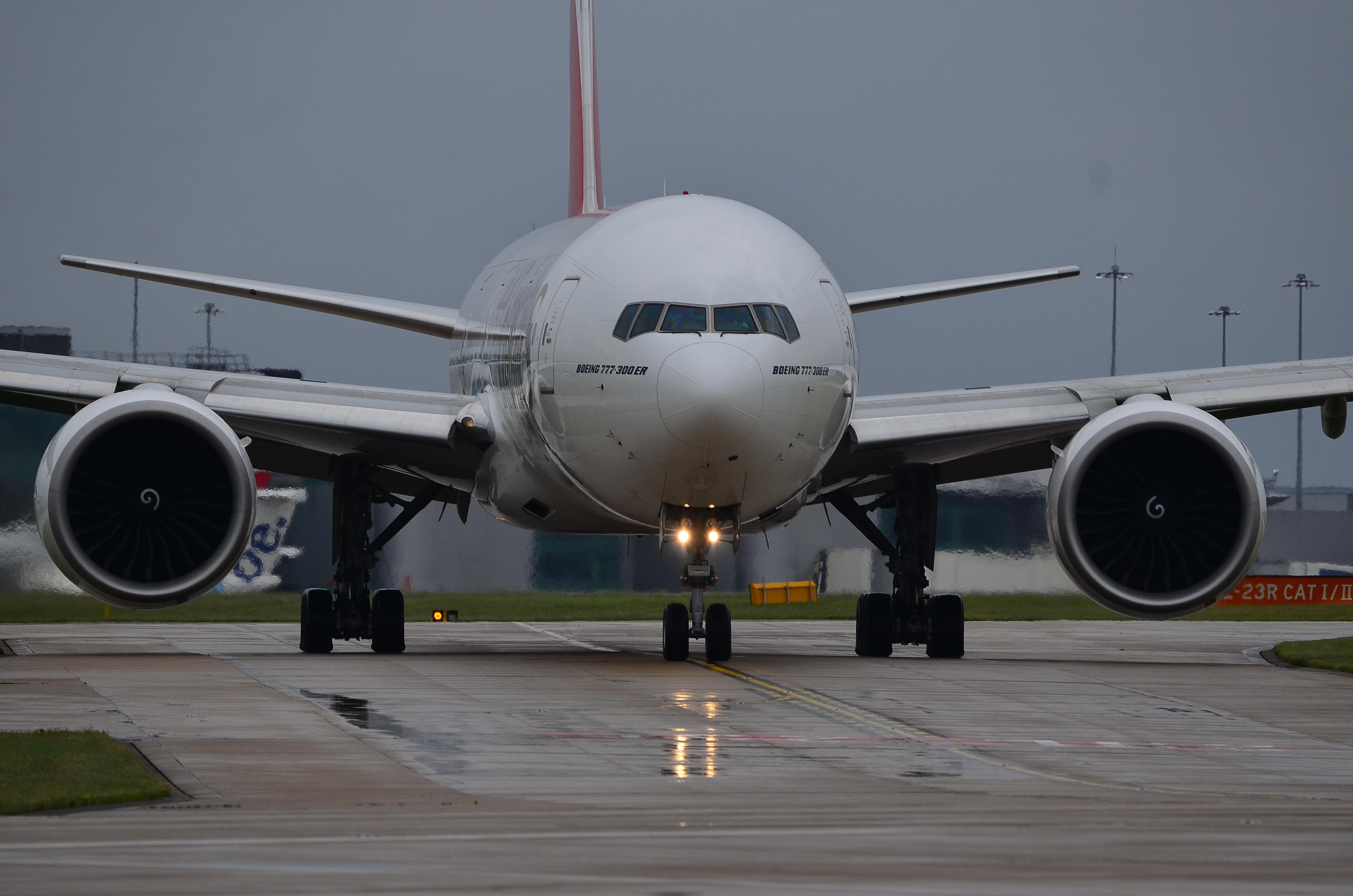
Two headline-generating occurrences involving U.S. airlines have spotlighted FAA’s multi-pronged initiatives to reduce runway-incursion risk—efforts that big-picture data suggest are yielding mixed results.
Both occurrences remain under investigation. In the first, on Jan. 13, an American Airlines Boeing 777 crossed an active runway that a Delta Air Lines 737 was using for departure, forcing the Delta aircraft to abort its takeoff run. The NTSB’s database has labeled the mishap as an accident.
The second incident, on Feb. 4, involved a FedEx Express 767 freighter over-flying a Southwest Airlines 737. Both were attempting to use the same runway at Austin-Bergstrom International Airport. The 767 was cleared to land, while the 737 was cleared for departure.
As in any aviation-occurrence probe, NTSB’s priority is to understand not just the specific chain of events, but why they occurred. Among the many areas these probes will examine is pilot and air traffic control (ATC) staff human-factors issues, including fatigue.
Findings from the investigations could contribute to a long-delayed FAA report on runway safety human factors. The study, recommended by an industry call-to-action group convened by the FAA in 2015 in response to rising incursion numbers, was originally slated to be done in 2018. But a number of delays have held it up, including a lack of dedicated funding for the project, a 2018 U.S. Transportation Department Inspector General report on the group’s progress said. The study’s updated schedule has it being finished this year, according to the FAA’s latest National Runway Safety Plan.
“The FAA’s Human Performance Team is participating in a number of research initiatives,” the agency wrote in the plan. “The Surface Safety Group (SSG) plans to leverage these efforts and to link fatigue into the assessments. By coordinating these efforts, we can achieve a full investigation of runway safety events, from every perspective, in order to develop and implement meaningful mitigation plans.”
Efforts to study and mitigate runway safety risks in recent years have focused on several key areas, including installation of systems designed to detect potential incursions and landings on taxiways.
One project identifies troublesome airport designs, such as tricky taxiway intersections, linked to higher incursion rates. The Runway Incursion Mitigation (RIM) program has flagged more than 200 spots on airports of all sizes and continues to study incursion statistics to find more. A May 2022 update on RIM found that incursions fell more than 80% at the spots where work was done to improve safety.
Despite successes such as RIM, overall incursion figures are not going down. FAA’s official figures counted 1,732 incursions in fiscal 2022—the 12 months ended Sept. 30. The figure nearly matched fiscal 2019, the last full year before the global traffic downturn.
A deeper dive shows incursions increased every year from fiscal 2011 through fiscal 2018, when the agency reported 1,832 incursions.
But the aggregate figures only convey part of the story. The agency divides incursions into four severity levels. The highest profiles ones, Category A and B, are the most significant. Category A is a “is a serious incident in which a collision was narrowly avoided,” while Category B is when separation decreases “and there is a significant potential for collision,” the agency’s official definitions said. Accidents are put into a separate category.
An Aviation Week analysis of FAA’s runway safety data shows the total number of A and B incursions has risen every year since 2017, when the agency reported eight, through 2022, when the total was 18. But most of these involve general aviation operations. Looking at just Part 121 airline operations, the annual figure has fluctuated between three and five occurrences per year since 2016. Category A figures are even more positive. Airlines have reported just three in the last five years—none in 2022.
